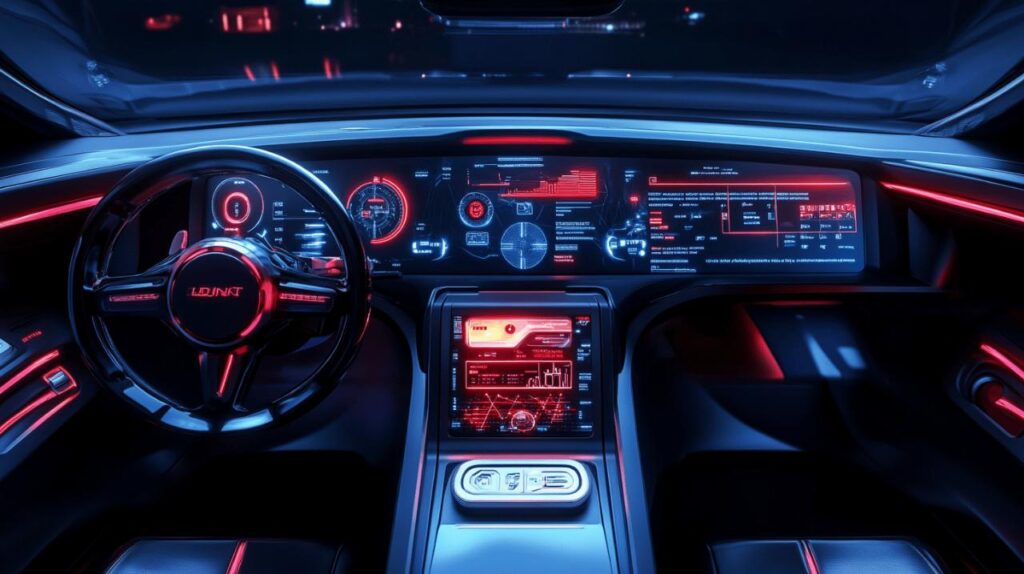Keeping your car in top condition doesn’t just extend its lifespan but ensures optimal performance, safety, and fuel efficiency on the road. Regular maintenance prevents costly repairs and breakdowns, giving you peace of mind during every journey. This comprehensive guide will walk you through essential maintenance practices that every vehicle owner should follow to keep their car running smoothly.
Regular fluid and pressure checks
According to Automag experts, proper fluid management is the foundation of vehicle health. Regular checks prevent engine damage and ensure all systems function correctly. Establishing a routine maintenance schedule based on your vehicle’s specific needs is crucial for longevity and reliability.
Understanding oil levels and change intervals
Engine oil is the lifeblood of your vehicle, providing crucial lubrication to prevent friction and wear between moving parts. You should check your oil level every few weeks, especially before embarking on long journeys. The frequency of oil changes depends on your driving habits and vehicle type. For cars making primarily short trips, consider changing oil every 1,000 miles. Older vehicles typically require changes every 3,000 miles, while modern car manuals often recommend intervals of 5,000-7,500 miles. Vehicles using synthetic oil can go 10,000-15,000 miles between changes. When checking oil, ensure the engine is cool and the car is parked on level ground for accurate readings.
Coolant levels are equally important to monitor. The cooling system prevents your engine from overheating by circulating a mixture of antifreeze and water. Check this fluid monthly and top up when necessary, using the correct antifreeze type for your vehicle. Brake fluid should also be inspected regularly, as low levels can compromise your braking efficiency and safety.
Proper tyre pressure monitoring
Maintaining correct tyre pressure is essential for safety, performance, and fuel economy. Industry experts recommend checking tyre pressure every two weeks. Underinflated tyres can increase fuel consumption and wear unevenly, while overinflated tyres can reduce traction and compromise handling. The recommended pressure for your vehicle can be found in the owner’s manual or on a sticker inside the driver’s door frame.
Modern cars built after November 2014 are equipped with Tyre Pressure Monitoring Systems (TPMS) that alert drivers when pressure drops significantly. However, these systems should not replace regular manual checks. Along with pressure, inspect tyre tread depth regularly—the legal minimum in the UK is 1.6mm. A simple test involves inserting a 20p coin into the tread; if the outer band of the coin remains visible, your tyres may need replacement. Consider rotating your tyres every 5,000 to 7,000 miles to ensure even wear and extended lifespan.
Lighting and electrical system care
 Your vehicle’s electrical system is crucial for safety and functionality, especially during adverse weather or night driving. Regular maintenance ensures visibility and prevents electrical failures that could leave you stranded.
Your vehicle’s electrical system is crucial for safety and functionality, especially during adverse weather or night driving. Regular maintenance ensures visibility and prevents electrical failures that could leave you stranded.
Checking and replacing light bulbs
Functional lights are not just a legal requirement but essential for road safety. Conduct monthly inspections of all exterior lights—headlights, brake lights, indicators, and fog lights. Replacing bulbs is relatively straightforward on most vehicles, though some modern cars may require professional assistance due to complex housing units. Keep spare bulbs in your vehicle for emergencies, particularly when travelling long distances or in remote areas.
Clean your headlight lenses regularly to maintain optimal brightness. Over time, plastic lenses can become cloudy or yellowed, significantly reducing light output. Various restoration kits are available for DIY treatment, or you can seek professional service for severely degraded lenses. Also, check and clean your reversing camera lens if your vehicle is equipped with one, as dirt accumulation can obstruct visibility when manoeuvring.
Battery maintenance and inspection
The average car battery lasts between three and five years, but proper maintenance can extend its life. Inspect battery terminals regularly for corrosion, which appears as a white, powdery substance. Clean terminals with a mixture of baking soda and water, using a wire brush for stubborn deposits. Ensure connections are tight but not overtightened.
During colder months, batteries face additional strain as they work harder to start the engine. If your battery is over three years old, consider having it tested professionally before winter. Modern vehicles with numerous electronic systems place greater demands on batteries, so regular testing is particularly important for newer cars. Signs of a failing battery include slow engine cranking, dimming headlights during starting, and electronic system glitches. Addressing these symptoms promptly can prevent unexpected breakdowns and potentially save on more expensive repairs.
Following these maintenance practices will help ensure your vehicle remains reliable, efficient, and safe. Remember that addressing small issues promptly can prevent more significant problems down the road. Whether you’re a new driver or a seasoned motorist, these fundamental maintenance habits will serve you well throughout your vehicle’s lifetime.

